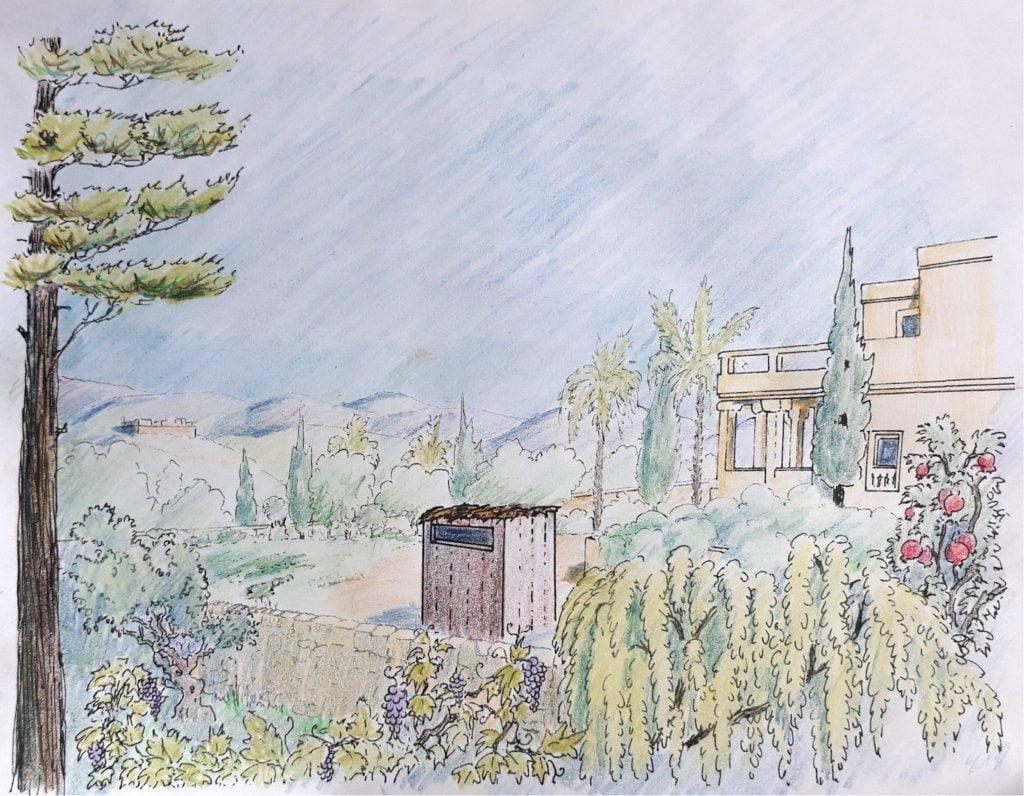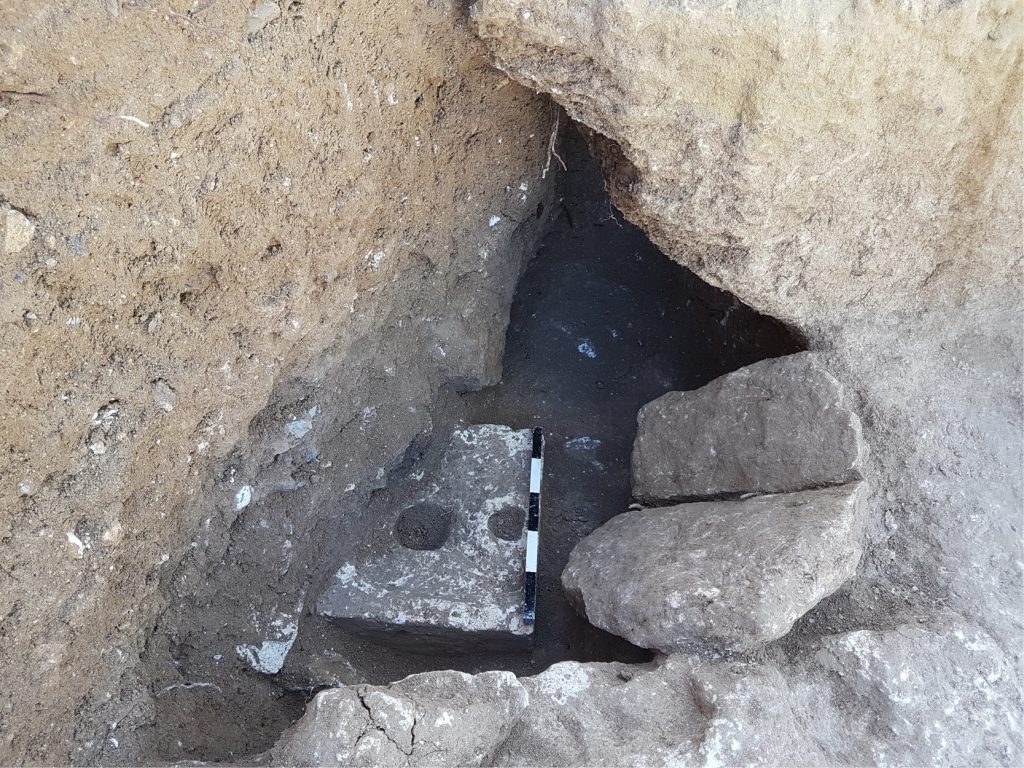Archaeology & History
What Was the Ancient Israeli Diet Like? Archeologists Have Discovered a 2,700-Year-Old Loo Revealing Bad News About Biblical Bowels
Researchers discovered the presence of parasites in an unpleasant locale.

Researchers discovered the presence of parasites in an unpleasant locale.

Artnet News

In 2019, construction workers were digging up a site at the Armon Hanatziv Promenade in Jerusalem, and found the remains of an ancient structure they believe to be a palace or luxury villa. Archaeologists from the Israel Antiquities Authority were called in, and helped date the architecture to around the mid-7th century BCE, describing the detailed medium-stone capitals and stylish balustrades as “the most expert seen to date in ancient Israel” with an “excellent degree of preservation.”
The name Armon Hanatziv means “Commissioner’s House,” and the building had all the hallmarks of upper class civility— including an incredible 2,700-year-old toilet sitting above a cesspit filled with fossilized feces. As it turns out, even ancient rulers got the runs.
Although it may seem trivial (and, well, gross), the discovery is vital to help scientists learn more about the daily lives of ancient people, their behaviors, and their dietary patterns. A slew of stone age latrines have been unearthed from the Late Bronze Age and Late Iron Age in Israel. In almost all of the cases, these were found at the sites of palatial areas, where members of the ruling class would have lived.

The stone toilet seat found during the 2019 excavation at Armon Hanatziv. Photo by Ya’akov Billig.
But as a new study published in the International Journal of Paleopathology details, only two archaeoparasitological studies have yet been undertaken (archaeoparasitology is a field within paleopathology that focuses on the presence of parasites in archaeological settings). The toilets of Armon Hanatziv presented an opportunity for research on the sanitary conditions, history of diseases, and epidemics among the high status denizens of the complex.
A team led by Dafna Langgut of Tel Aviv University took 15 samples of the ancient feces and found the presence of four parasitic worms and their eggs, specifically the roundworm, whipworm, beef/pork tapeworm, and pinworm, suggestive of fecal-oral transmission, i.e. poor hygiene. The findings provide evidence of major health issues among the area’s upper social layers, including childhood stunting, frequent abdominal pain, nausea, diarrhea, and what the study describes as likely “intense anal itching at night.”
“I was very surprised to see hundreds of eggs of parasites,” Langgut told Smithsonian Magazine, “because they came from the intestines of these high-status people that used to live here.”
According to Langgut’s research, the royals may have had it coming. When Judea was under Assyrian domination in the 7th century BC, native inhabitants were forced to cultivate inhospitable terrain in an effort to make olive oil and wine for their rulers. Faced with rocky soil, hard-pressed farmers began using human waste to try and fertilize the land—only to unknowingly introduce parasites to the soil, and thus, the crops.
“While the mere existence of something as rare as a toilet installation seems to indicate that at least some ancient Jerusalemites enjoyed a relatively high level of sanitation,” the study concludes, “the evidence of intestinal parasite eggs suggests just the opposite.”